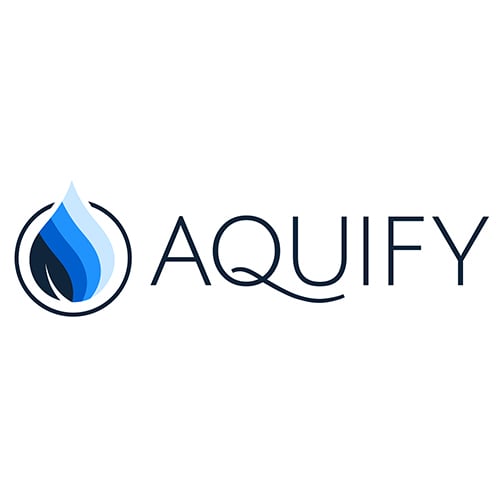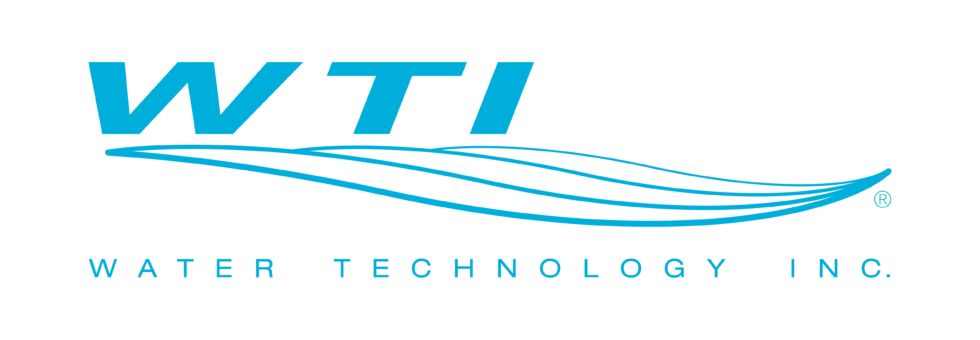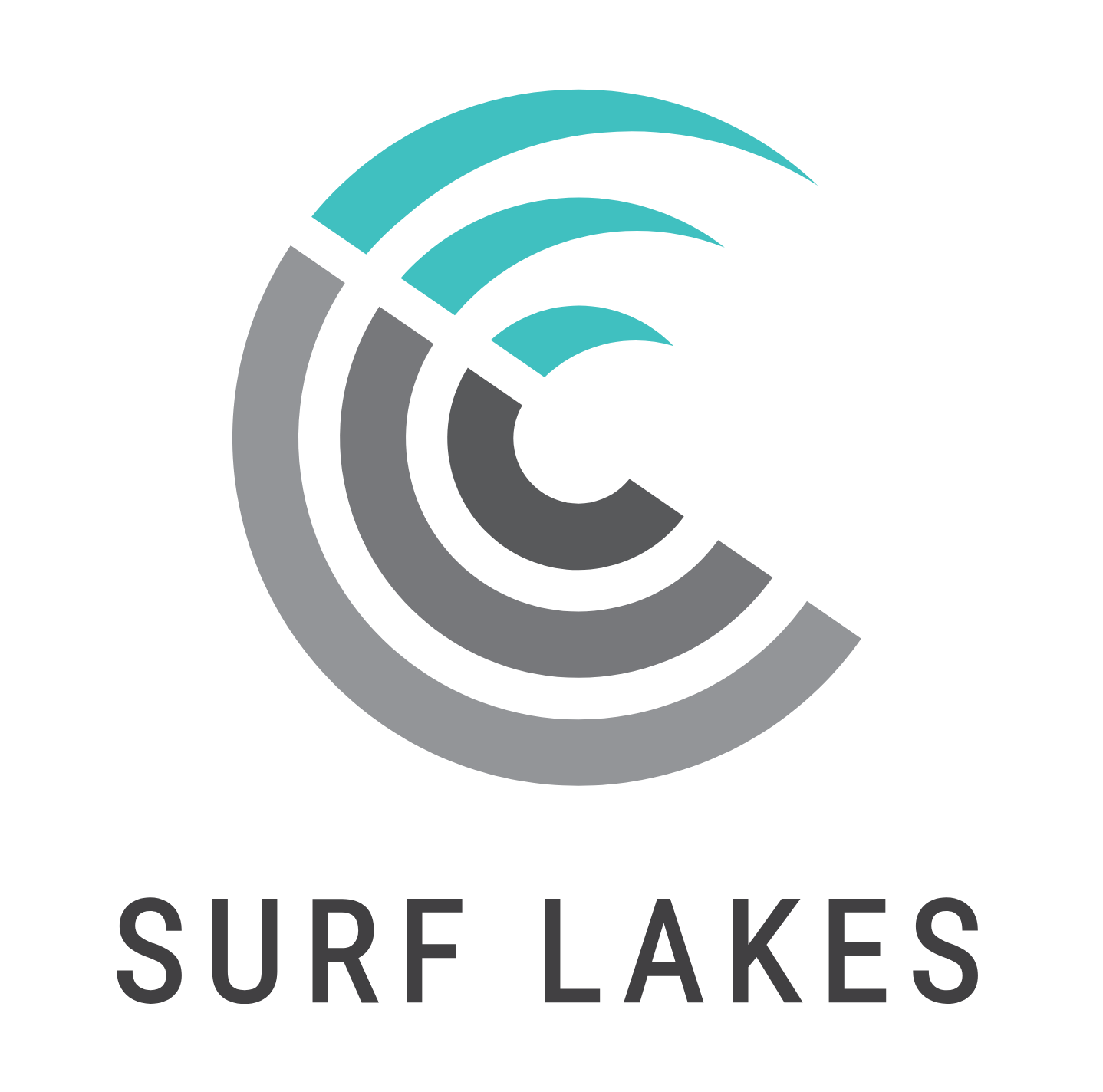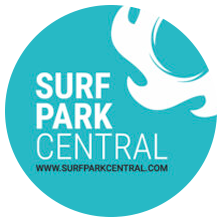By Jess Ponting

“When the wave breaks here, don’t be there, or you’re gonna get drilled.”
-Turtle, North Shore
Over the past few months, I’ve had the opportunity to meet some incredible people at Surf Park Summit regional events and beyond. Two conversations, in particular, stood out—thanks to a pair of insightful individuals who helped crystallize the urgent need for surf park operators to collaborate in heading off existential threats before they occur. Francis Jackson, with Pico Play, has an extensive background in the ski industry, and Jennifer Vanderkreek, CEO of URBNSURF, has an extensive background in the cruise ship industry. I’ve had deep conversations with both (and many others) about what the worst-case scenario might look like for the industry if some tragic turn of events were to unfold before there is coordination, agreement, and adherence to mutually agreed-upon standards between operators on safety and risk. It is genuinely worrying.
As surf parks surge into global mainstream consciousness, we find ourselves at a critical juncture. We’ve proven we can deliver perfect waves on demand. We’ve built beautiful facilities, created jobs, anchored major mixed-use real estate developments, begun to attract institutional capital, drawn in curious newcomers and stoked out surfers (experienced and new) in Europe, East Asia, South America, North America, the Middle East, Australia and New Zealand. But alongside this momentum, as many millions of surf park waves are now ridden each year, comes an increase in the risk of serious accidents. Unfortunate events have already happened in surf parks, most were beyond the control of operators and professionally handled by teams on the ground.
However, future incidents resulting from lackluster operational practices in a void of internally developed industry standards could derail the future of surf parks with a single headline. This might sound hyperbolic, but other industries have suffered exactly this fate with enormous human and economic consequences. The examples I’ll explore below demonstrate that the cost of doing nothing is far greater than the cost of getting safety right before an incident occurs.
In response, Surf Park Central is convening an Operators-Only Committee—a confidential working group for surf park operators, by surf park operators. The first meeting will be held behind closed doors on the afternoon of Nov. 5 at the Marriott Virginia Beach Oceanfront, just before Surf Park Summit kicks off at the same venue and the soon-to-open Atlantic Park Surf Park. All surf park operators are invited to join this important effort.
When Everything Goes Wrong: Learnings from Other Industries
Let’s take a sobering walk through three industry-shaping disasters. Each of them started with corners cut, warnings missed, or systems not designed for worst-case scenarios. Most ended with loss of life, all resulted in devastating headlines, regulatory scrutiny, and hundreds of millions in financial damage.
The Costa Concordia Disaster – 2012

The Costa Concordia, a massive luxury cruise liner, ran aground and capsized off the coast of Italy. The captain had veered off course to “salute” a nearby island—an unsanctioned maneuver done for show. The result? 32 people dead, hundreds injured, and survivors forced to swim for their lives through freezing waters and darkness.
The cost of this human failure:
- $85–95 million in immediate losses from ship downtime
- $139 million quarterly loss for Carnival, the parent company
- Share price fell up to 30%, wiping out £1 billion in value
- Costa Cruises bookings plummeted, even with steep discounts
- Wave Season, the industry’s busiest sales period, was effectively lost
- The total cost of the disaster, including salvage, wreck removal, impact on bookings, and insurance, is estimated to have cost the global cruise industry over $2 billion
What went wrong? Leadership failure. Lack of accountability. Poor crisis response. The captain literally abandoned ship and was sentenced to 16 years in prison. Worse, emergency procedures were unclear, and the crew was unprepared. The result: shattered public trust and a cloud over the entire cruise industry that lasted years.
The “Poop Cruise” – Carnival Triumph, 2013
In February 2013, the Carnival Triumph was adrift in the Gulf of Mexico after an engine fire knocked out power and plumbing. Over 4,200 passengers and crew were stranded for five days in a stinking, overheated ship where sewage seeped into hallways, toilets overflowed, and food ran scarce. It was humiliating for guests, horrifying for the company, and a PR disaster for the entire cruise industry.
The financial impact:
- $115 million in repair, cleanup, and loss of operations for Carnival
- $500 million in fleet-wide safety upgrades following the incident
- Countless lawsuits, settlements, and long-term reputation damage
- The ship had to be rebranded as the Carnival Sunrise to move past the stigma
The public dubbed it the “Poop Cruise.” It trended on Twitter. It made international news. It became a symbol of what happens when safety systems fail and redundancy is treated as a luxury, not a necessity. In a testament to the power of disasters, 12 years after the event a Netflix documentary reintroduced the incident to the world and topped global ratings.
The broader cruise industry responded with sweeping reforms, including the Cruise Lines International Association’s Passenger Bill of Rights, outlining basic safety guarantees. Insurance costs went up. Bookings dropped. Confidence was shaken. All because a fire knocked out backup power on one ship.
Dreamworld, Gold Coast – 2016
Dreamworld was all about fun, thrill, and recreation. On October 25, 2016, the Thunder River Rapids Ride malfunctioned. A raft flipped on the conveyor belt, trapping and killing four people. Two children survived but witnessed the death of their loved ones.
The emotional toll is impossible to quantify. Families destroyed. Emergency workers traumatized. Staff haunted by guilt. And all of it, tragically, preventable.
The financial fallout:
- $95.2 million in losses reported by parent company Ardent Leisure
- $200 million in market value wiped out within weeks
- $3.6 million fine for workplace safety breaches
- A $26 million class action settlement from shareholders
- Attendance dropped sharply—not just at Dreamworld, but across the entire Australian theme park sector
Investigations revealed lapses in maintenance, outdated systems, and ignored safety concerns from staff.
The Surf Park Industry Is Not Immune
While no surf park has yet faced a tragedy of this scale, the risks are not hypothetical. We run mechanical systems that generate powerful waves. We serve guests of all skill levels in dynamic, unpredictable environments. Our teams are still building muscle memory for emergency response. And we’re doing it in an industry that’s barely a decade old.
A single high-profile injury or fatality—especially one that could have been prevented—could bring the industry to its knees. It would trigger public backlash, media scrutiny, and regulatory intervention that none of us are currently prepared for. That’s why we need to get ahead of this. Not as individual operators. Not as competitors. But as a collective.
A Call to Operators: Join Us on November 5
Surf Park Central is hosting a closed-door, operator-only safety session on the afternoon of Nov. 5 at the Marriott Virginia Beach Oceanfront, in Virginia, USA. This confidential meeting is open only to those currently operating surf parks.
This is your opportunity to:
– Share challenges in a confidential setting
– Participate in the formation of a global Operator-Only Safety & Risk Committee
– Contribute to the development of universal safety standards
– Begin work on a shared incident reporting and benchmarking system
– Explore other vital issues, including a proposed Surf Park Sustainability Fund, as outlined in our recent thought experiment on surf ecosystem conservation
This committee isn’t about gatekeeping. It’s about creating space for candor. We need a room where we can speak openly about near-misses, breakdowns, staffing challenges, guest safety, and operational concerns—without vendors, press, or investors in the room. Just operators helping operators, for the good of the whole.
Let’s do this!































You must be logged in to post a comment Login